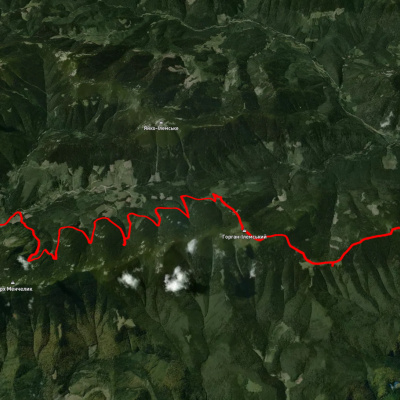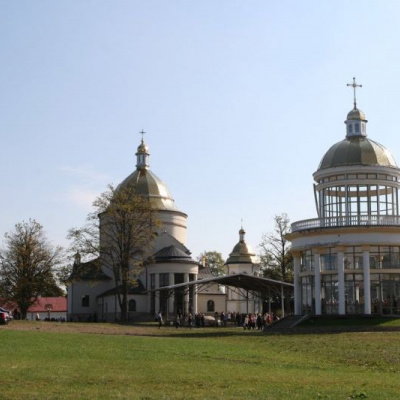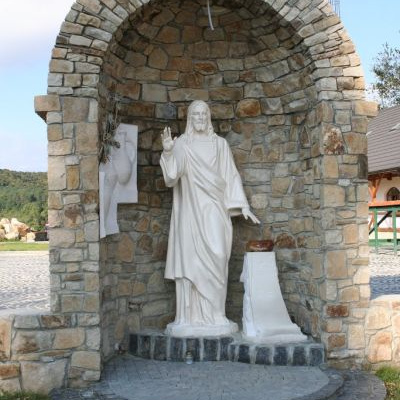Hoshiv Monastery in the village of Hoshiv
The Goshiv Monastery, built in the 16th century, is located in the Dolyna district of Ivano-Frankivsk region. It was formed on the basis of the Greek Catholic Church of the Transfiguration of the Lord, which stands on Yasna Hora in the village of Hoshiv, and still remains one of the most popular pilgrimage sites in Ukraine. It is considered one of the greatest religious, historical and architectural shrines in Western Ukraine.
History of the Hoshiv Monastery
The first mention of a monastery in the Black Dealer tract dates back to 1464. It was thanks to these monks that in 1570 a wooden church and a monastery appeared here, on the basis of which modern Hoshiv was formed. During Tatar raids, the church was burned and the monks were killed. After some time, the shrine was restored by a local landowner.
However, this time the church did not manage to stand for long. It was destroyed by fire. The restoration required considerable funds, and the benefactor who helped last time had already died by then. According to legend, the Mother of God appeared to Abbot Josaphat Lenchevych, who helped him with advice and gave him strength to rebuild the church. The work was completed in 1772. When the number of parishioners and monks grew dramatically, a larger and more reliable stone church had to be built to accommodate everyone. It was built in 1842. It is this church that stands in Hoshiv to this day. A monastery with 16 cells was built a little earlier in 1833, designed by architect Moser.
With the advent of Soviet rule, the Hoshiv monastery faced difficult times. In 1950 it was closed and the monks were arrested. The monastery's premises were first used as an orphanage, and later as a recreation center for the Pozitron enterprise. The church was eventually turned into a warehouse. Almost all of the church property was stolen; during World War II, the library with many rare books burned down, and the worst part was that the miraculous icon of the Mother of God disappeared, along with her vestments and crown. It has not been found to this day.
The monastery in Hoshiv returned to the Greek Catholic Order of St. Basil the Great in February 1990.
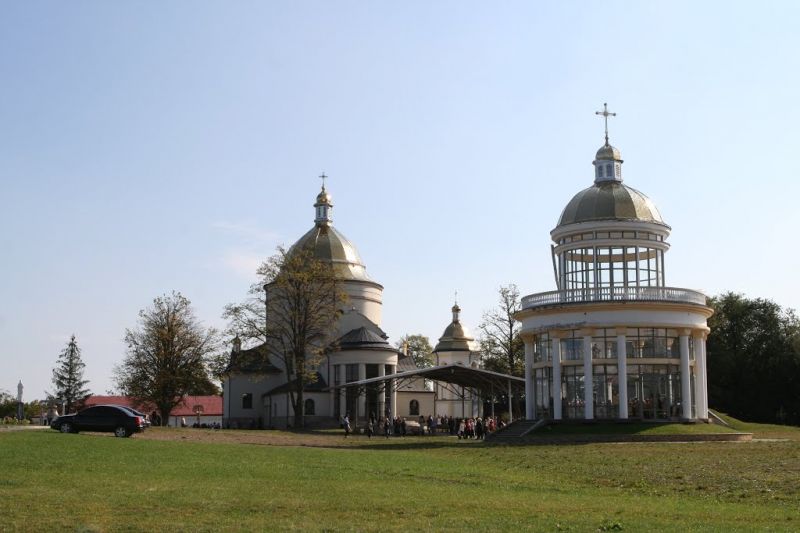
The area where the monastery was located received the name "Yasna Hora" from the time the miraculous image of the Mother of God, a copy of the icon of the Virgin of Czestochowa known throughout Europe, appeared there in 1737. In honor of the Pauline Fathers' monastery in Czestochowa, Poland, where this icon was kept and which was also called Yasna Hora, the new Ukrainian shrine was named in the same way. Ultimately, the name had a symbolic meaning - as a place where the inextinguishable glory of the Mother of God shines through the many mercies manifested here.
The Hoshiv Icon
The path of the miraculous icon of the Mother of God, which is called the "Queen of the Carpathians," to the monastery on Yasna Hora was long. The original owner of the shrine was a nobleman named Andrii Shuhai, who purchased it as a copy of the icon of Our Lady of Czestochowa. According to legend, when his house burned down, only one wall on which the icon hung survived. Later it became the property of another nobleman, Hoshovsky. It was in his house that the first miracle occurred-the icon shone with a bright light and then wept. The then Metropolitan Anastasius Sheptytsky learned about it and recognized it as miraculous. In 1737, the image was moved to the church, and since then it has been healing parishioners who prayed for recovery.
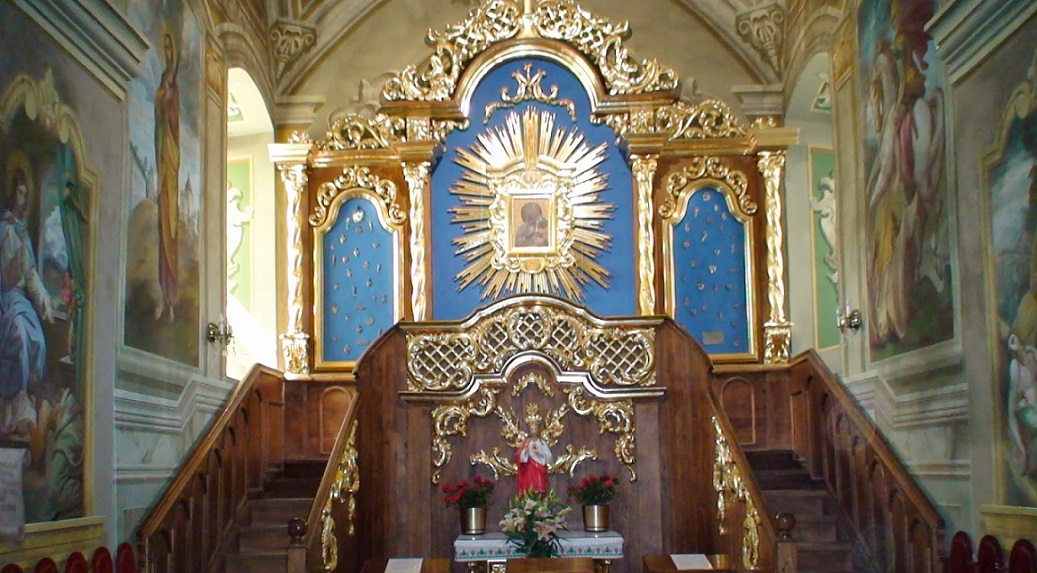
In 1937, on the occasion of the 200th anniversary of the transfer to the church, the icon was restored, the silver vestments of the Virgin Mary were replaced with gold and decorated with precious stones, and Metropolitan Andrey Sheptytsky renewed the seal of miracles on it.
After the original icon disappeared in 1950, it was replaced with a copy made in the 19th century. In 2009, Pope Benedict XVI consecrated a golden crown for the Hoshiv Miraculous Icon, and Hoshiv Monastery was declared a great basilica and added to the great pilgrimage places of the Virgin Mary around the world.
The appearance of the monastery
Hoshiv Monastery is one of the first Ukrainian churches equipped with electronic bells. It was built in a classicist style with elements of late Baroque. Inside, the church is decorated with paintings typical of the monumental art of Galicia in the mid-19th century. Some of the paintings on the walls of the church were restored by German restoration artists in the form they had in the 18th century.
Next to the church is a spacious glass chapel decorated with columns, a golden dome, and a copy of the miraculous icon of the Virgin Mary.
Since the late 1990s, a Greek Catholic convent of the Nativity of the Virgin Mary of the Sisters of the Holy Family has also been operating in Hoshiv.
Hoshiv can be reached by bus from Ivano-Frankivsk in the direction of Bolekhiv. Hoshiv is located in the suburbs of Bolekhiv. Opening hours: Divine Liturgies in the church are held on Sundays at 08:00, 09:00, and 11:00. On weekdays - at 09:00. Every day at 18:00 an evening service is held.
- EVERY MONTH, ON THE NIGHT OF THE 12TH TO THE 13TH, VIGILS ARE HELD
- ON THE FIRST FRIDAY OF EACH MONTH, ADDITIONALLY AT 18.00, THE DIVINE LITURGY IS CELEBRATED
- EVERY LAST FRIDAY OF THE MONTH AT 10.00 A.M. DIVINE LITURGY FOR THE SICK
Accommodation around Hoshiv Monastery in the village of Hoshiv:
Які маршрути проходять повз Hoshiv Monastery in the village of Hoshiv?
Пропонуємо пройти такі туристичні (пішохідні) маршрути через/біля Hoshiv Monastery in the village of Hoshiv: Маршрут на г. Щавна, c. Липа - Яворина - Бункер Роберта, с. Мислівка, через г. Яйко-Ілемське, г. Горган-Ілемський до с. Мислівка, с. Труханів, через г. Ключ, оз. Журавлине, вдсп. Кам'янка до м. Сколе, с. Мислівка, через г. Вел. Пустушак, пол. Німецька, г. Горган Ілемcький до с. Осмолода, с. Мислівка, через хр. Аршиця, г. Молода, г. Яйко-Ілемське до с. Мислівка
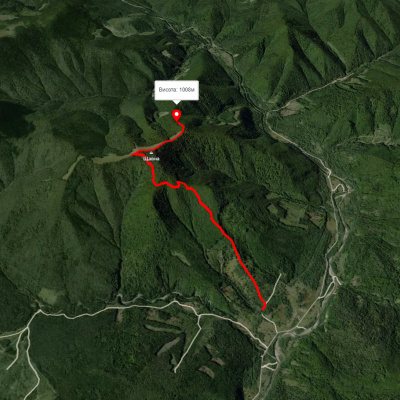
Маршрут на г. Щавна

c. Липа - Яворина - Бункер Роберта
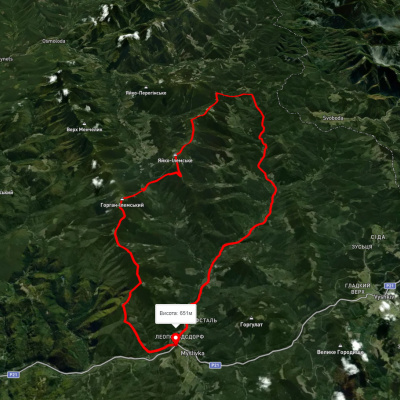
с. Мислівка, через г. Яйко-Ілемське, г. Горган-Ілемський до с. Мислівка

с. Труханів, через г. Ключ, оз. Журавлине, вдсп. Кам'янка до м. Сколе
